
"Remember the Hyphens"

Travel-With-Your-Kids.com © 2014 Travel-With-Your-Kids.com
Links | Terms and Conditions | Share with us! | Sign-Up for our newsletter!

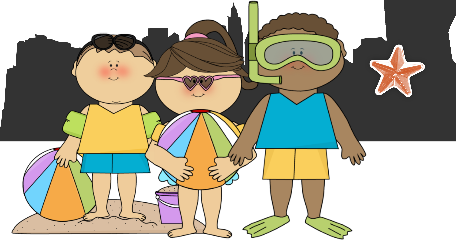


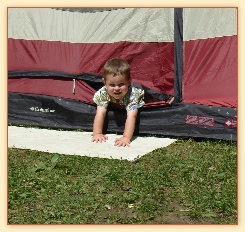

Best Family Tent
Get some friendly tips on how to choose the best tent for your family.
Water Safety Tips
Read some great suggestions on keeping your kids safe by the water.



Are Your Kids Safe?

Water Safety
Because many families plan time in the water into their vacation plans. Whether it is a day at the beach, camping by the lake, jumping in the ocean waves, or hanging out in the pool at the resort, for parents and children alike it can be a highlight to look forward to.
Unfortunately, for too many families, the dream can turn into a nightmare in less than 5 minutes.
Only a few days ago my family and I witnessed a girl being rescued from drowning. I wish it was just me, but unfortunately it was my children who found the girl lying at the bottom of the pool.
The scene was swift:
My daughter knew to immediately get the attention of an adult and point her out.
The man there drew attention to all by shouting “Help! Someone is Drowning!” and immediately dove in to rescue her.
Once she was out, a call for CPR was responded to by an amazing woman who happened to be a skilled lifeguard. CPR was executed with precision and the victim was breathing within minutes.
However, by the time paramedics arrived, she was still unconscious and unresponsive. She was taken to the hospital in critical condition.
- They estimate she was under the water for 2-4 minutes.
- At the time of writing this, I have been unable to find out if that child is still alive or not.
- What may surprise you are the details surrounding the drowning:
- The child was a 10-year old girl. Did you catch that? She was 10 – not 2 or 3.
- The pool was as busy as it ever was, and there was over 100 people there that day.
The family was having a gathering using the day-use facilities. Enjoying a picnic, swimming, and visiting with each other, they were all having a wonderful day. About ¼ of the people at the pool that day were from one extended family.
- There were equally as many adults as children at the pool.
- There were several adults sitting around the poolside at the time of the accident.
- Despite the fact that there were so many people there – friends, family, strangers – no one saw anything.
- No one knew what happened.
- No one heard or saw her drown.
- She wasn’t noticed by any adults. She was found by 2 young children swimming in the water.
Did any of those points surprise you? Read on…



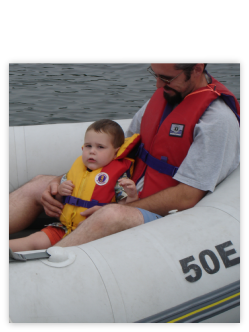 << Back to What Are You Looking For
<< Back to What Are You Looking For
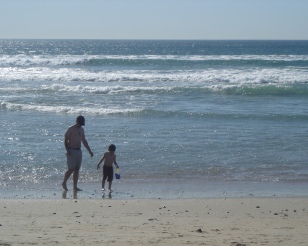
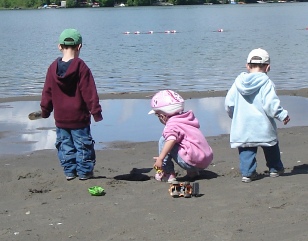
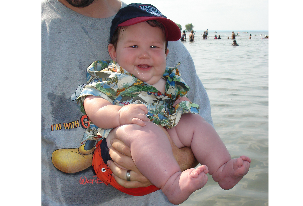
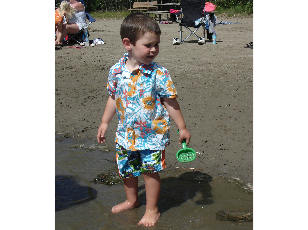
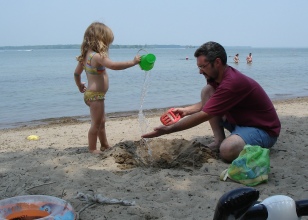


What we know is that when someone is drowning, they are incapable of waving their arms, calling for help, or any other actions not considered necessary for life. What really happens is called Instinctive Drowning Response named by Francesco A. Pia, Ph.D.
Children aged 1-4 drown twice as often as children aged 10-14. However, in the US alone, 2 children will die under the age of 14 every day. Did you catch that? Every. Single. Day. (It is actually the #2 cause of death in children, second only to vehicle accidents.)
There’s more. For every one of these two children who die, 5 more will be taken to the hospital for emergency care. Half of them will suffer from non-fatal immersion injuries ranging from memory problems and learning disabilities, to a permanent vegetative state.
According to Canadian statistics, two-thirds of child drownings are under the age of 15. That leaves the other third to 15-19 year olds.
Still with me?
6 out of 10 children under 19 who drowned were not with an adult.
Wait a minute. Only 6 out of 10? What about the other 4?!?! 40% of child drownings are with an adult. Said another way:
Of the 10 deaths per day in the next year, almost half of them will occur within 25 yards of a parent or other supervising adult.
Did you know many times a child is drowning the parent is actually watching it happen? Even educated parents simply do not know the signs to look for, think the child is swimming happily, and don’t realize anything is wrong until it is too late.
Gulp. This one is hard to swallow.
Sources:
We would like to extend our heartfelt thanks to organizations such as The Canadian Red Cross for their article on drowning research.
The US Center for Disease Control and Prevention for their article on Unintentional Drowning
And great authors such as Mario Vittone who are writing articles such as this one on What Drowning Looks Like, getting the information out there educating as many as possible about water safety: how to identify drowning, prevent it, and keep all our children safe!
Please take the time to research further beyond our site, empowering yourself and your family.




If you have never seen a video on water safety, watch this one:
1 in 2 parents think they can effectively supervise kids by listening for signs of problems. That’s 50% of parents. We need to talk about water safety.
Forget everything you have ever seen in the movies. What you see that looks like the movies is called ‘aquatic distress’. That person is indeed in need of help, but at that point they are still able to aid in their own rescue. This is not drowning. Yet.
The CDC recommends swimming with a buddy, and the Canadian Red Cross teaches to Never Swim Alone. However, again you may be in for a surprise. Here’s the kicker – Kids 5-14 who drown are twice as often with a buddy as they are alone.
Did you see that one coming? Swimming with a friend simply will NOT keep your child safe.

So now what? We have identified quite a few myths about water safety. What do we do about it now? On the next article, we are going to address the positive side. We will look at how to identify IDR, and the best ways you can keep your children (and their friends) safe in the water this season.
Okay, I see the irony in this heading. What is alarming is not that water is involved, but how often the child is in the water unintentionally. Get this – only one-third of children who drown intended to be in the water. That means two-thirds were in by accident. Even of children aged 5-9, 27% of them did not intend to enter the water.
This can include children who fall into a swimming pool, are playing ‘at the water’s edge’ at the beach, fall off a dock, or other unrelated events. Water safety starts anytime there is water nearby.
The other thing to consider is depth of the water. 40% of drownings occur in less than 3 feet of water. That’s the depth of most shallow end of pools. This is not just by children under 5.
Older children, unfortunately, often play a game of holding their breath underwater for as long as possible. Even in shallow water, this can lead to “Shallow Water Blackout” which then leads to drowning.
Water Safety. It seems to be one of those subjects that most parents either think they have taken care of, or haven’t thought much about at all. So what is all the fuss?
My Child Swims With a Buddy, So He’s Okay
Drownings Only Occur when you are in the Water

Drownings are Unsupervised. Or Are They?

Drowning isn’t just for Babies

Drowning is Silent
| Water Safety |
| Water Safety Tips |
| Destinations |
| Outings |
| Camping |
| Kids' Reviews |
| Help & Support |
| Childrens Discovery Museum of the Desert |
| Childrens Disovery Museum Kids Reviews |
| Choosing a Tent |
| Lynnie |
| AJ |
| Nick |
| Matt |
| Belle |